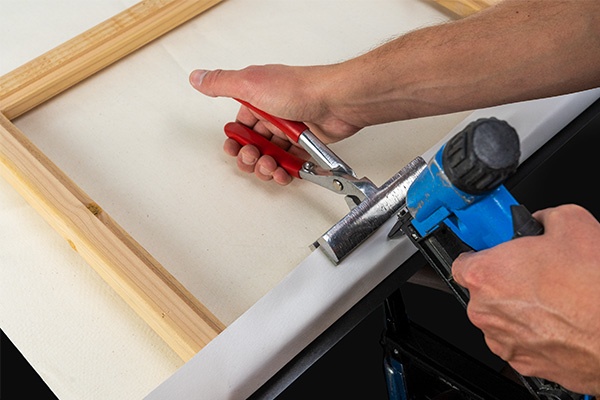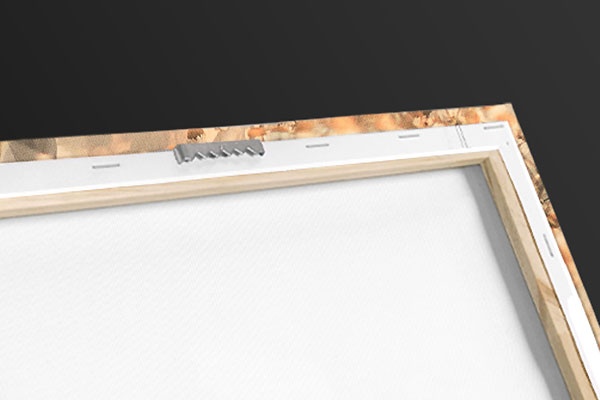Development of Arabic numerals Wall Art
10″ × 20″ Stretched Canvas Print
About the Artwork
Development of Arabic numerals - Item # 1140139
Development of Arabic numerals. Table illustrating the development and spread of numerals from the 1st to 14th centuries AD, as published in 1888 by the British philologist and canon Isaac Taylor (1829-1901). It is now widely accepted that today's symbols are Western Arabic numerals which originated from Indian Brahmi numerals. The nine Hindu-Arabic symbols (glyphs) had been introduced into Europe in the 13th century, principally by Fibonacci, but only came into general use two centuries later. Table from The Story of the Alphabet (Edward Clodd, 1900).
Product Specifications
- Expertly Handcrafted
- 1.25" Solid Wood Stretcher Bars
- Artist-Grade Canvas
- Fade-Resistant Archival Inks
- Hanging Hardware Pre-Installed
- Width: 10″
- Height: 20″
Item # 1140139
Product Features
Elevate any room with our handcrafted stretched canvas gallery wraps. Printed with archival inks and wrapped around a 1.25” inch solid wood stretcher bar, our giclée big canvas art prints are a timeless option for any decor style or space.

Our giclée canvas art prints are produced with high quality, UV-resistant, environmentally-friendly, latex inks and artist grade, polycotton canvas. We pride ourselves on color accuracy and image clarity to ensure your new canvas wall art lasts for years to come.

Assembled in the USA, each of our 1.25” inch gallery wrapped canvas art prints is stretched and stapled by our highly skilled craftspeople. Each canvas print is carefully handcrafted to ensure taut canvas wraps and clean corners for outstanding quality and durability.

Our handcrafted stretched canvas prints include sawtooth hangers for an easy and secure installation.
Product Reviews
Frequent Questions
Recently Viewed
Clear Recently Viewed?
Are you sure you would like to clear your recently viewed items?
Pricing policy: The full list price is a price at which we have offered the product for sale; however, we may not have sold the item at that price.







